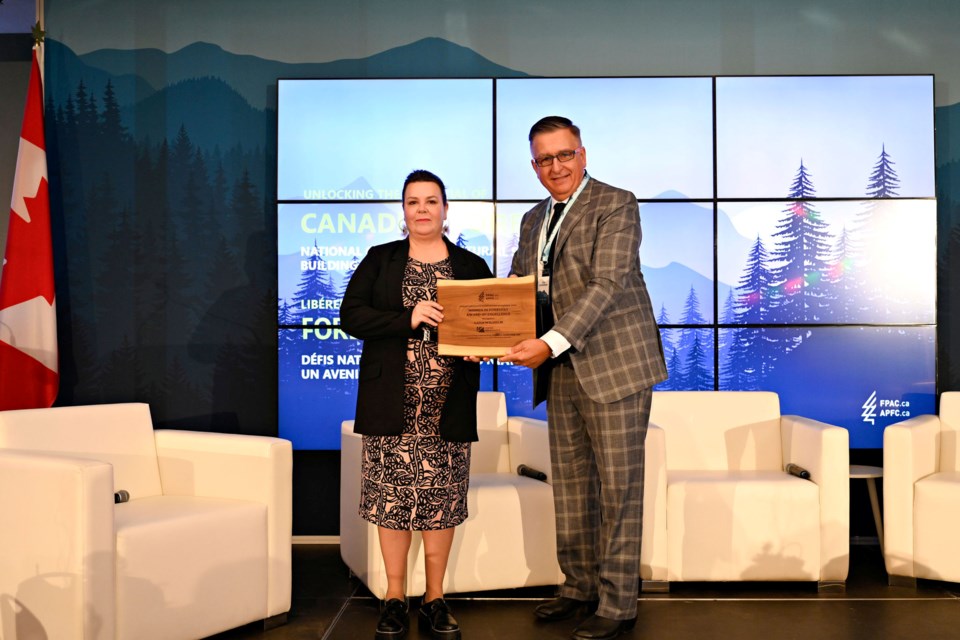
You might think that fossil fuels score at the very top level of methane emissions levels, but they don’t. It’s cattle and manure, according to a recent report from the Global Carbon Project , which updates its Global Methane Budget every few years. They say that despite an increasing policy focus on methane as a potent greenhouse gas, methane emissions continue to rise.
Emissions from agriculture and waste, including landfills, remain approximately twice those associated with fossil fuels. Keeping global warming well below 2°C — the goal of the 2015 Paris Agreement — is dependent on cutting methane emissions as rapidly as possible. Methane has to be cut almost in half (45%) by 2050 to achieve that goal.

Chip in a few dollars a month to help support independent cleantech coverage that helps to accelerate the cleantech revolution! What do you need to know about methane emissions? Methane (CH4) is the second most important anthropogenic greenhouse gas after carbon dioxide. It is also far more potent than CO2 ton for ton, with a global warming potential (GWP) > 80 and 30 times more than CO2 for the first twenty years and century after release, respectively. Methane concentrations have risen faster over the past five-year period than in any period since record-keeping began.
At least two-thirds of global methane emissions are now attributable to anthropogenic sources, an outcome that cannot continue if we are to maintain a habitable climate. Recognized as the second-largest producer of human-made greenhouse gas emissions, animal farming is also the leading cause of deforestation, pollution, biodiversity loss, and soil erosion. In the atmosphere, methane rapidly mixes with oxygen and converts into carbon dioxide and water.
Carbon dioxide is different. It is a much more stable molecule that stays in the atmosphere. It traps heat for millennia until it is absorbed by the ocean and plants.
Not sure you believe the stats about cattle’s connection to methane emissions? The GMB employed a TD ensemble of 24 inversions based on seven different inverse systems that use data for atmospheric CH4 concentrations to constrain total emissions and attribute them to primary sources. The TD inversions are either constrained by surface observations for the period 2000–2020 (18 out of 24 simulations), or satellite observations from the Greenhouse Gases Observing Satellite (GOSAT) for the period 2010–2020. Livestock production is a significant contributor to global methane emissions.
Decreasing enteric CH4 emissions and nutrient excretion in feces and urine by growing and finishing beef cattle is an important climate-related goal. There is much research being published about dietary factors , cattle feed additives , probiotic interventions , and the like. How can lifestyle changes impact methane emissions? The climate impact of food is measured in terms of greenhouse gas emissions intensity.
The emissions intensity is expressed in kilograms of “carbon dioxide equivalents” — which includes not only CO2 but all greenhouse gases — per kilogram of food, per gram of protein, or per calorie. Climate Diet is a nonprofit organization that sheds light on animal agriculture as a climate change culprit. They say that they agree with many climate activists that seeking environmental-friendly alternatives to fossil fuels is necessary.
However, they also argue that consumers can help reduce climate change impacts, especially methane, by what they eat, explaining, “it’s equally important for humanity to choose a more sustainable, plant-based diet ” to tackle the dual challenges of climate change and food insecurity. Even one day per week of rethinking an animal-heavy diet can make a difference. “That means consumers can help by reducing their meat consumption, especially beef, which is the largest contributor on the methane chart,” said Climate Diet executive director, Jane DeMarines.
What are the climate impacts of eating meat? The interconnection among rising food prices, weakened nutritional intake, and a cycle of producing more emissions is profound. The environmental impact of animal-based foods is generally higher than for plant-based foods because of both direct processes related to livestock management (for example, methane (CH4) production by ruminants) and indirect processes through the inefficiency of using crops for animal feed rather than directly for human consumption. For measures of GHG emissions, land use, water use, eutrophication, and biodiversity, the level of impact is strongly associated with the amount of animal-based products that are consumed.
People who follow a plant-based diet account for 75% less in greenhouse gas emissions than those who eat more than 3.5 ounces of meat a day. Yet, overall, there is little support for some policies suggested to reduce meat consumption in order to help the environment.
Virtually all of the meat consumed in the US comes from industrialized farms. What are the consequences of continuing on with unsustainable food systems? According to the World Resources Institute (WRI), around 800 million people face hunger globally, and research shows the world will have to close a gap of 56% between the amount of food available today and that required by 2050. Meanwhile, unsustainable food production systems are largely responsible for destroying the world’s ecosystems and fueling climate change.
Agriculture uses almost half the world’s vegetated land, consumes 70% of freshwater withdrawals, drives deforestation in tropical nations and generates nearly one-quarter of global greenhouse gas emissions. Shifting diets in many parts of the world are only increasing demand for resource-intensive foods. WRI’s Coolfood program helps organizations reduce the climate impact of the food they serve by shifting towards more plant-rich foods.
The Coolfood Pledge helps establishments commit to and achieve a science-based target to reduce the climate impact of the food they serve. Signatories commit to a target of reducing the greenhouse gas emissions associated with the food they serve by 25% by 2030 relative to a 2015 baseline — a level of ambition in line with achieving the goals of the Paris Climate Agreement. What does it mean to eat a plant-based diet? In a 2023 AP-NORC survey , 4% of US residents identified as vegetarian and 3% as vegan, while 45% said they were eating less meat and 46% said they were eating less dairy.
In the survey, only 18% of adults say they are well informed about how to eat in an environmentally friendly way, while 46% say somewhat well, and 36% have little or no understanding. Plant-based foods — such as fruits and vegetables, whole grains, beans, peas, nuts, and lentils — generally use less energy, land, and water, and have lower greenhouse gas intensities than animal-based foods. And then there are plant-based innovations, which refers to innovating with plant-derived ingredients to ensure a sustainable food and materials supply chain.
This includes creating a variety of proteins and strengthening the food production process by using more beans and legumes, and even using sugar to feed microbes to make fermented proteins and grow meat from cell cultures rather than animals. This definition also encompasses novel innovations around agricultural technology designed to improve the efficiency, productivity, and sustainability of food production, as well as strategies to reduce food waste and methane emissions. CleanTechnica's Comment Policy LinkedIn WhatsApp Facebook X Email Mastodon Reddit.














